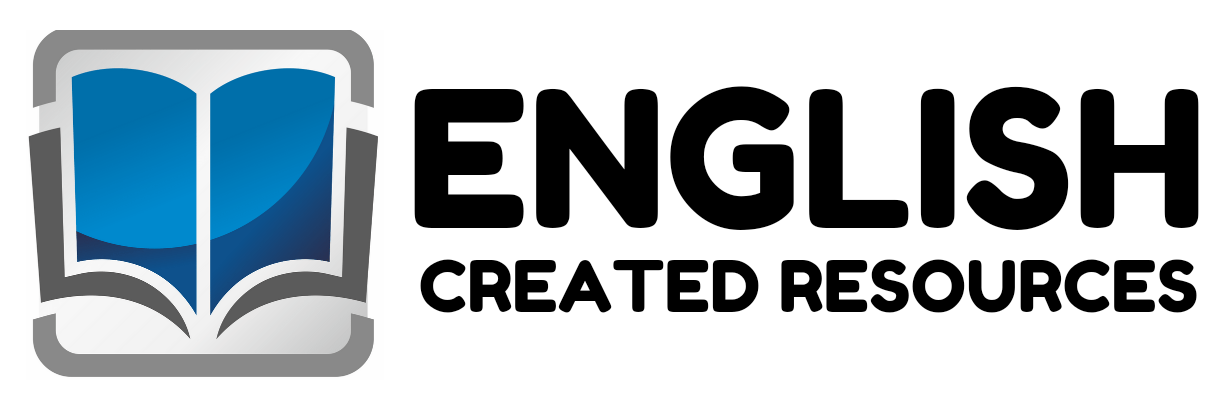Apple Tree Cut and Paste Activity

Apple Tree Cut and Paste Activity
The Apple Tree Cut and Paste Activity is one of the most engaging and educational tools designed to support early literacy development among preschool children. This creative and interactive learning task combines fine motor skills, letter recognition, and phonemic awareness—all in one meaningful and fun experience. Preschoolers naturally learn best through hands-on activities that stimulate their senses, and this apple tree-themed task captures their curiosity while helping them master essential language skills. By cutting, pasting, and matching letters or pictures with their corresponding beginning sounds, children develop foundational literacy abilities that prepare them for reading and writing success in kindergarten and beyond.
One of the most powerful aspects of the Apple Tree Cut and Paste Activity is how it nurtures alphabet knowledge, which is a core skill in early education. Learning the alphabet is not just about memorizing letters; it involves recognizing letter shapes, knowing their names, and connecting them to the sounds they represent. When preschoolers participate in this activity, they interact directly with the alphabet in a tangible way. They may cut out apple shapes featuring letters and match them to a tree that contains pictures beginning with those same sounds—for instance, matching the letter A with an apple showing an image of an ant. This simple yet effective exercise helps children link visual symbols to sounds, reinforcing their understanding of phonics in an engaging and memorable format.
Moreover, the Apple Tree Cut and Paste Activity supports phonemic awareness, which is the ability to identify and manipulate individual sounds in spoken words. This skill is one of the strongest predictors of future reading achievement. When children are asked to match letters with the pictures that start with the same sound, they practice identifying beginning sounds—an essential step toward decoding words. For example, matching the letter B to a picture of a ball helps them focus on the initial /b/ sound. Over time, this consistent practice strengthens their ability to hear and differentiate sounds, which is crucial for both reading and spelling development.
Beyond literacy, this activity contributes significantly to the development of fine motor skills. Cutting with scissors, handling small apple shapes, and gluing them onto a tree template require precision, control, and coordination. These skills are essential for many future tasks, including writing. Preschoolers often find great joy in cutting and pasting, and this joy enhances their motivation to participate actively. As they engage in these movements, they not only build strength in their hands and fingers but also improve their concentration and ability to follow multi-step directions—skills that are necessary for success in the classroom environment.
Another important benefit of the Apple Tree Cut and Paste Activity is its ability to foster creativity and independent learning. While the main goal is to teach the alphabet and beginning sounds, the activity allows children to personalize their work. Each child’s apple tree may look slightly different depending on how they arrange and decorate their materials. This individuality promotes a sense of pride and accomplishment, which builds self-confidence. The activity also encourages children to make choices—deciding which letters go where, or which picture belongs to which letter—thus developing their problem-solving and decision-making skills in a low-pressure environment.
Get More Alphabet Activities Here
In addition, this type of thematic learning connects well with seasonal and thematic teaching units, such as fall or apple harvest themes. Teachers can integrate the Apple Tree Cut and Paste Activity into lessons about nature, colors, or the changing seasons, making learning more cohesive and meaningful. When children engage in a familiar theme like apples, they make stronger associations with the content and retain the information more effectively. The apple tree serves as a visual metaphor for growth and learning—just as the tree grows and produces fruit, children grow in knowledge and understanding through engaging activities like this one.
Furthermore, this activity provides valuable opportunities for language development and social interaction. Teachers can use it as a group project where children share materials, discuss letter sounds, and help each other complete their apple trees. This cooperation builds communication skills and fosters a sense of community within the classroom. As children verbalize the letters and their sounds—saying things like “B is for ball” or “C is for cat”—they practice articulation and expand their vocabulary in a fun, natural way.
Apple Tree Cut and Paste Activity. It is also worth highlighting that English Created Resources provides such educational activities for free, making high-quality early learning materials accessible to teachers, parents, and caregivers everywhere. This accessibility ensures that even those with limited classroom budgets can still provide enriching and effective literacy experiences for their preschoolers. The availability of free printable activities like the Apple Tree Cut and Paste Activity allows educators to create hands-on lessons that are both engaging and academically valuable without additional financial strain. English Created Resources supports educators by offering creative materials that combine fun with purposeful learning, ensuring that children of all backgrounds can benefit from early literacy opportunities.
Ultimately, the Apple Tree Cut and Paste Activity is much more than a simple craft—it is a thoughtfully designed educational experience that integrates multiple areas of child development. It strengthens alphabet recognition, phonemic awareness, fine motor coordination, creativity, and communication skills. It also reinforces the joy of learning by making education interactive and meaningful. Through playful and hands-on exploration, preschoolers gain the confidence and competence they need to take their first steps toward literacy success. Thanks to resources like those provided by English Created Resources, educators can continue to inspire young learners to love letters, sounds, and the process of discovery itself.
Samples From The Activity












